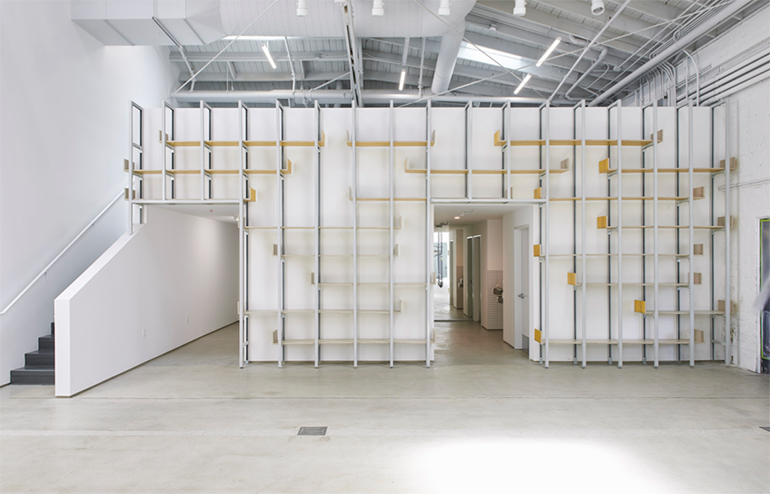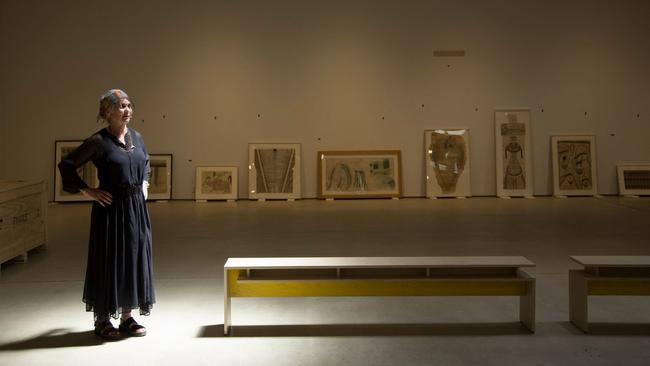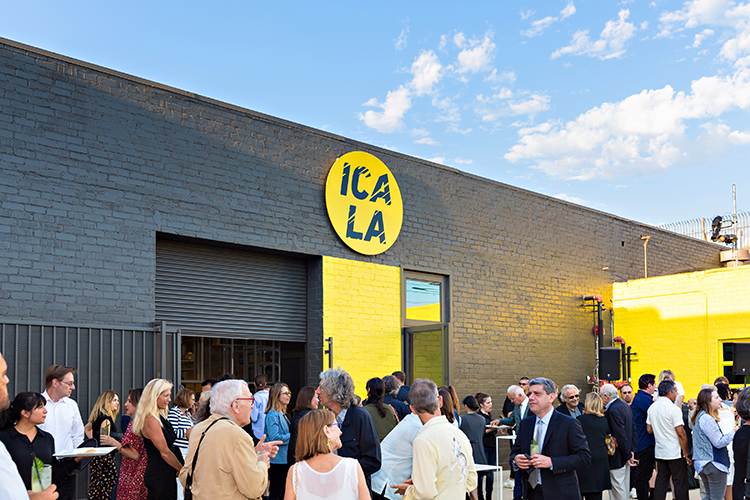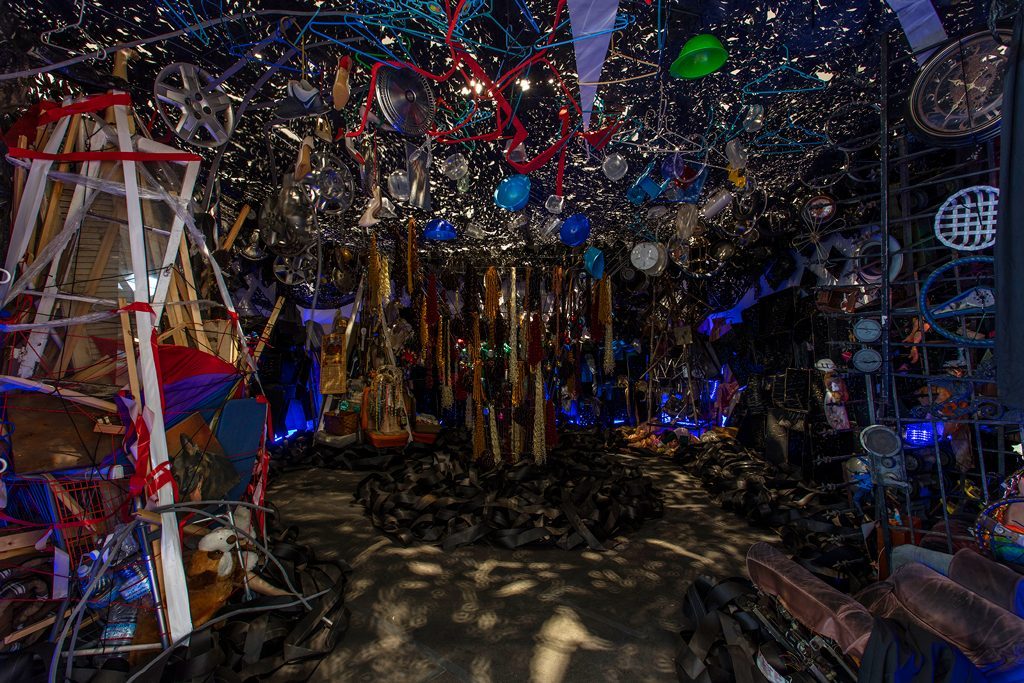There is a new foundation in Los Angeles Art District, the city’s center of art and culture. The Los Angeles Institute of Contemporary Art recently opened its doors to the public after the completion of 2-year renovation and building project, and now it is the Arts District’s newest art museum. The Institute is originally based on and replaced a former foundation, the Santa Monica Museum of Art (SMMoA), which was founded in 1984 and closed in 2015. Reopened with a new name of ICA LA, this new museum has already brought a new energy to the city.

It is possible to say that the ICA LA was reborn with a new name, building and logo. With its reopening to the public, from the time of its transformation into the ICA LA, the museum has a mission of embracing diversity and addressing social issues. Parallel to that, quite surprisingly, the ICA LA does not have a permanent collection or an exhibition; rather it will host a variety of temporary exhibitions that aim at presenting a series of rotating exhibitions of artists across cultures.

The entrance to the ICA LA and its special exhibitions is free of charge. The director of the Museum, Elsa Longhauser underlines the institute’s public mission and its aim to increase its visitor numbers with these following words ‘’we want this to be an active space, crackling with energy.’’

The ICA LA occupies an industrial building that was designed by Kulapat Yantrasast, on the outskirts of the downtown Arts District of LA. The museum extends over a space of 12,700 square-foot of which 7,500-square-feet devoted for the exhibition space, as well as it includes areas for public programs such as workshops, seminars and panels, offices, and a café.

ICA LA’s inauguration exhibition is entitled “Martín Ramírez: His Life in Pictures, Another Interpretation”. It features drawings by the Mexican artist, who migrated to Los Angeles in 1925. The exhibition focuses on the life of Ramírez, which was perfectly characterized by a sense of displacement. With the hit of the Great Depression of the 1929, and the following unemployment and homelessness, soon after, he was diagnosed with schizophrenia and spent more than 20 years of his life at the hospital. By presenting the artists’ works that were produced in this setting, the museum aims to explore the issues of diversity and alienation. In addition to the exhibition, the museum also hosts an installation by Abigail DeVille named as “No Space Hidden (Shelter)”. Made of found materials around the downtown, this installation draws attention to enormous economic disparities.
Simge Erdoğan

